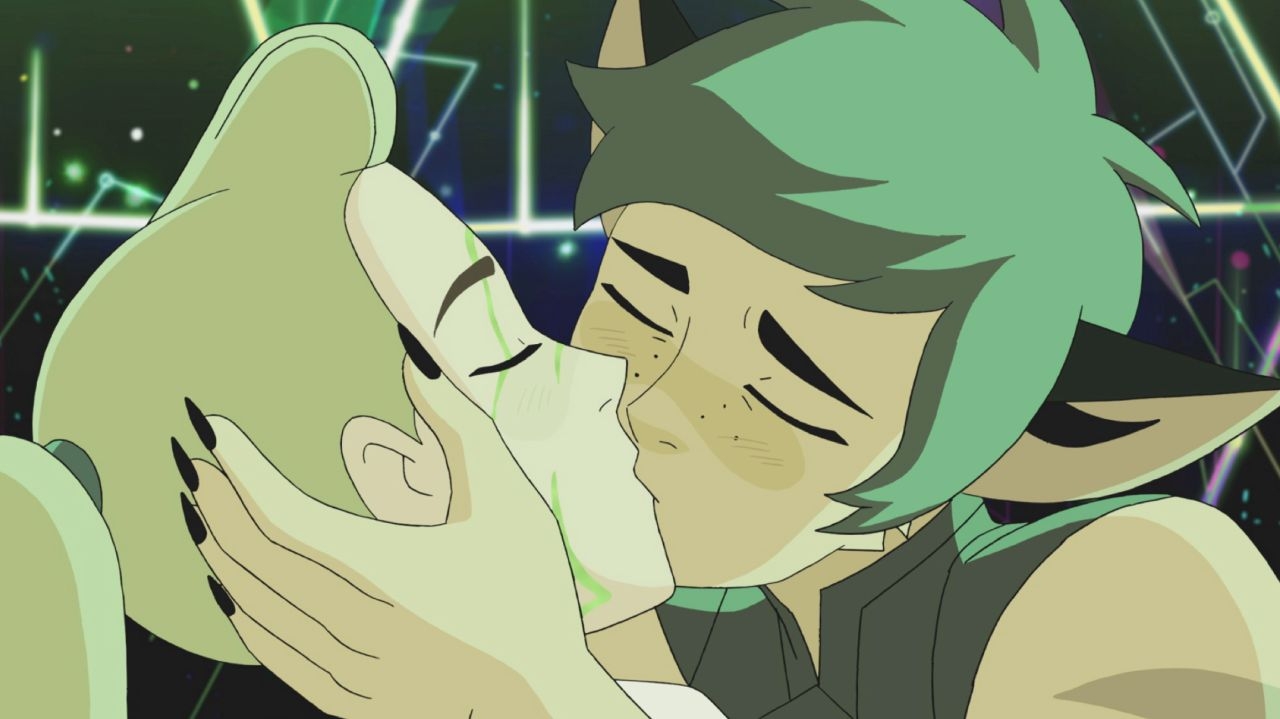Table of Contents Show
From Andi Mack (2017-2019) to She-Ra and the Princesses of Power (2018-2020) to The Owl House (2020-present), there has been a growing phenomenon of queer storylines and characters peppered into children’s media. Even Disney, which is a company that is notoriously reluctant in showing LGBTQ characters in media due to controversies, is firing back with some characters of their own. These storylines are incredibly important; they allow children to see themselves onscreen, especially during such a turbulent time in their lives as they begin to explore themselves and their sexualities/gender. This trend of queer representation is necessary, but viewers should proceed with caution. Queer-baiting, stereotypes, and queer capitalism run rampant throughout these shows, and this article will help differentiate true representation from trending Twitter moments.
Queer Representation In Children’s Media Pre-2010s
The 2010s mark an important time in queer representation in children’s media since it began to skyrocket along with social media platforms during this time. With the popularization of social media came more awareness and social justice campaigns for LGBTQ causes, turning the tide to a more accepting society (at least in the United States). With this new accepting society came more representation; however, prior to this boom in LGBTQ awareness and acceptance, showrunners and writers had to slide in their representation in subtler ways.
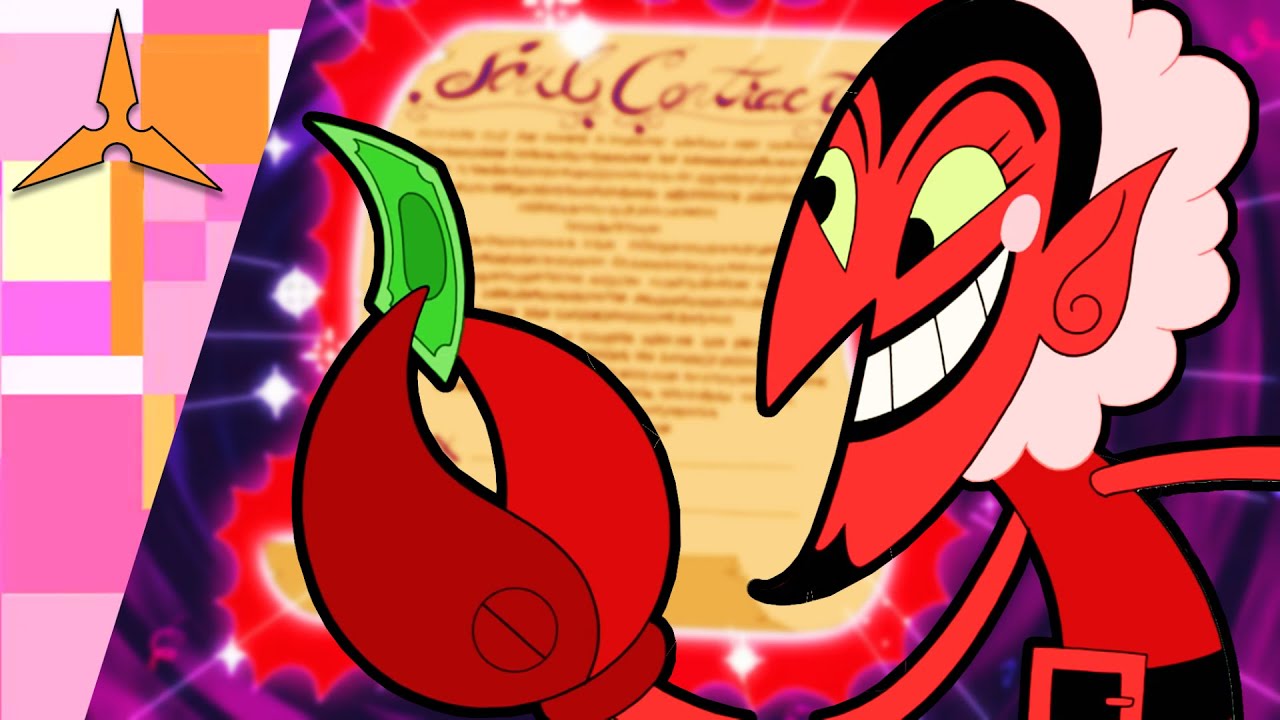
The only way that queer people were allowed to be represented in children’s media was as “evil” characters or antagonists. Queer-coded villains are a well-known phenomenon ((Laman, Douglas. Queer-Coded Villains in Movies Are a Problem. Why the Solution Can’t Be Queer Erasure”. Collider. June 24, 2021.)), ranging from Ursula from The Little Mermaid (1989) (who is based on the real-life drag queen Divine) to Him from The Powerpuff Girls (1998-2005). These characters exhibit what are stereotypically known to be as gay or trans traits, such as flamboyance, high voices (for gay men), low voices (for lesbians or trans women), outfits with flair, etc. Therefore, children would associate these traits—and by association, queer people who exhibited these traits—with evil.
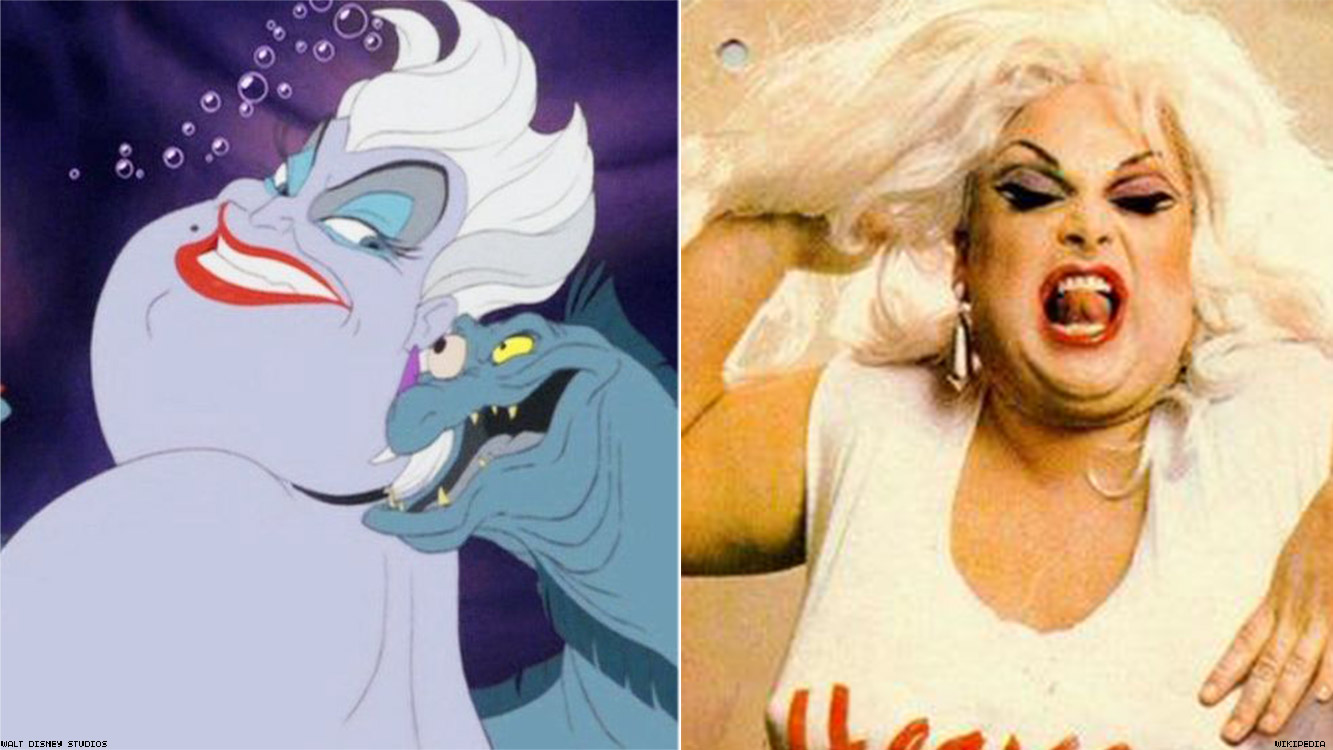
This attempt at villainization of queer people has had more or less the opposite impact: people who grew up with these media love the villains and their flair. Many cite these media as the reason they embraced their sexuality or discovered it. But the original intent of this villainization still stands. The original queer representation wasn’t with the intent of acceptance, but with malice. This is the history of queer representation in children’s media, and as unsavory as it is, it has done some good. It got the foot in the door for queer representation since people love these queer-coded villains despite the fact that they are evil.
Nickelodeon’s Ongoing Support
There needs to be a special section dedicated to Nickelodeon’s support of the queer community because it is extensive, even when a vast majority of the nation opposed same-sex marriage and was intolerant of the queer community. Even under fire from numerous conservative and Christian traditionalist groups like the Traditional Values Coalition, the Parents Television Council, Focus on the Family, and the American Family Association, among many, many others, Nickelodeon was steadfast in its beliefs and wanted to make sure every child saw themselves onscreen.
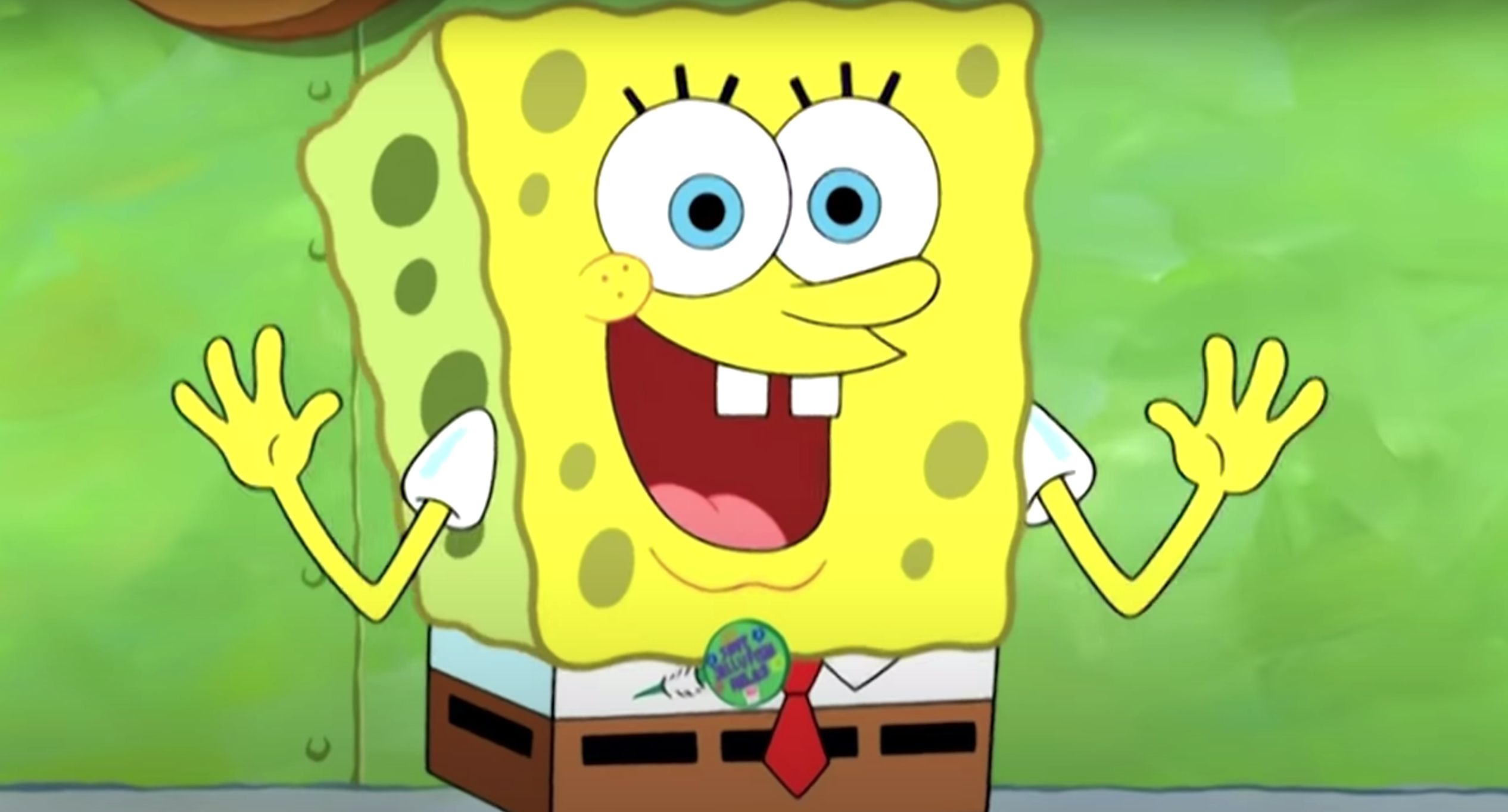
In the very early year of 2002, Nickelodeon showed an episode from the program Nick News titled Nick News Special Edition: My Family is Different. It featured children from same-sex households talking to children from households who opposed same-sex marriage, which was a shocking topic to cover during the period. It came under fire from the Christian groups, with one group saying they did not oppose same-sex couples but thought it was “inappropriate” for children. Here is an example of people vilifying and sexualizing queer relationships. Nickelodeon knew they would come under fire for such a controversial episode and yet aired it anyway.
Who knows how many children (and parents at that) they helped and educated with this decision? They didn’t stop there: in 2005, Stephen Hillenberg, the creator of Spongebob Squarepants (1999-present), struck back against Christian fundamentalists saying that the show pushed the homosexual agenda, by confirming Spongebob as asexual. He then told the showrunners to never include Spongebob in a relationship, and while it is biologically accurate that sea sponges are asexual, it is still important in the long run to show a character completely happy on their own instead of always on the lookout for a relationship. Nickelodeon has been on the LGBTQ-supporting train, and they continue to support the community throughout the decades.
Queer Representation Post-2010s
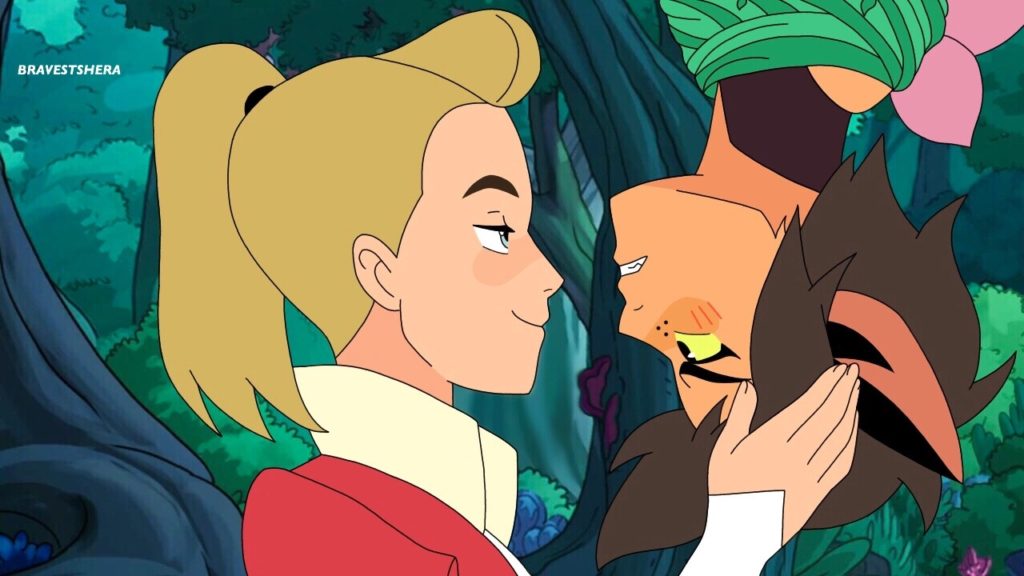
Queer representation still has a long way to go, but considering how quickly representation has skyrocketed in the past few years, things can only go up from here. Writers have worked tirelessly to incorporate queer representation in TV shows and movies for children who desperately need it, startling subtly and working their way up so that it can be more palatable to executives. So far, it has worked.
Beginning Subtle: Cartoon Network Leads The Charge
Queer-coded antagonists of the past made it that much easier for queer-coded and openly queer characters to appear in a new age of children’s media. However, it started subtly, and Cartoon Network paved the way for other children’s channels such as Disney and Nickelodeon to add their own queer characters and storylines in. Writers such as Rebecca Sugar constantly pushed queer representation into the shows they wrote in, such as Adventure Time (2010-2018) and Steven Universe (2013-2019). Sugar often speaks on how difficult it was to get producers to green-light their queer characters, such as Marceline and Princess Bubblegum and Ruby and Sapphire.
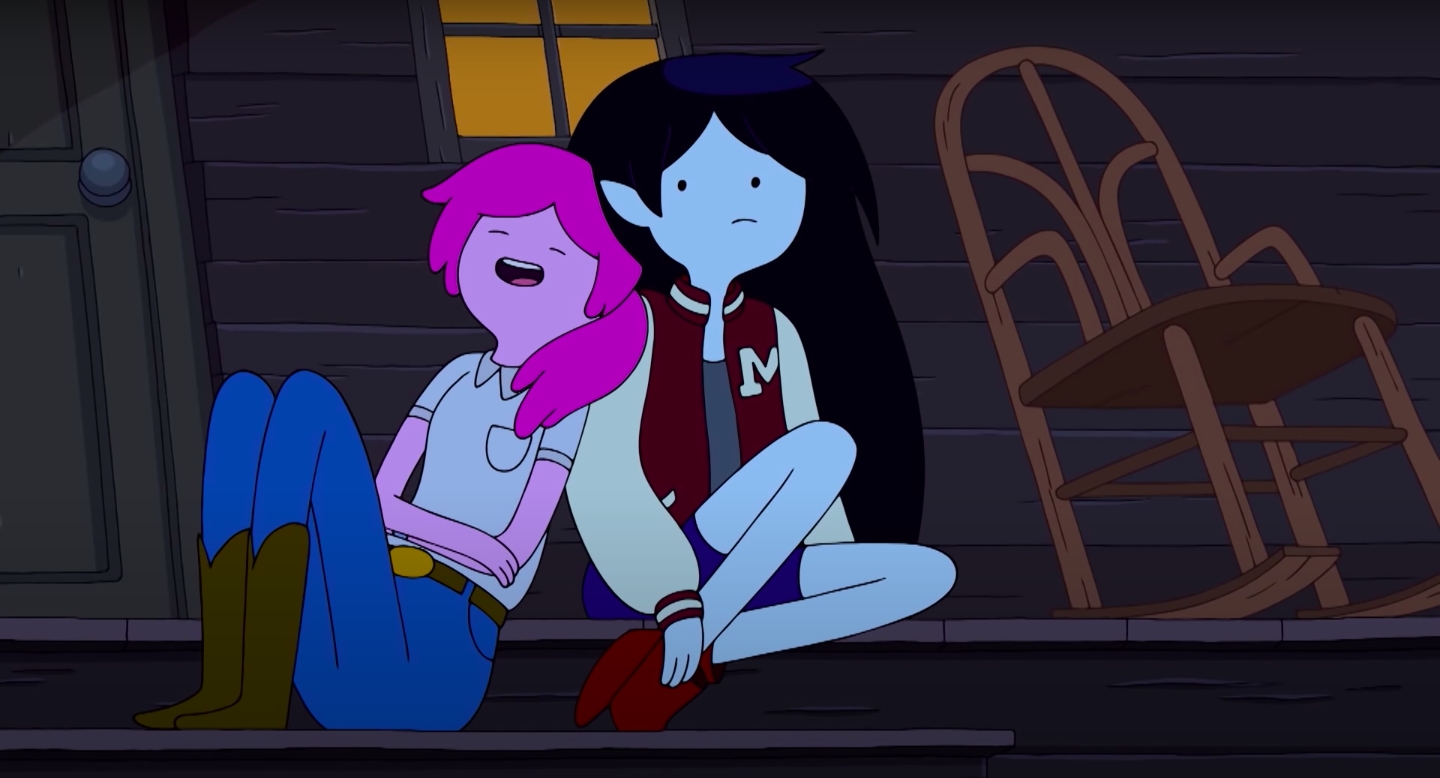
Children’s media is policed heavily and influenced by religious and anti-LGBT groups who want to keep children “pure.” They view queer relationships as being inherently sexual rather than as “normal” as heterosexual relationships, and because these groups have such a large influence on children’s media, it is almost impossible to add queer representation. However, this did not stop writers like Rebecca Sugar from adding queer storylines and characters whenever possible. Sugar pursued a deeper connection between characters Marceline and Princess Bubblegum before leaving Adventure Time, effectively setting up the possibility for them to kiss in the show’s finale. Under the threat by Cartoon Network executives to end her show, she still added queer characters to Steven Universe.
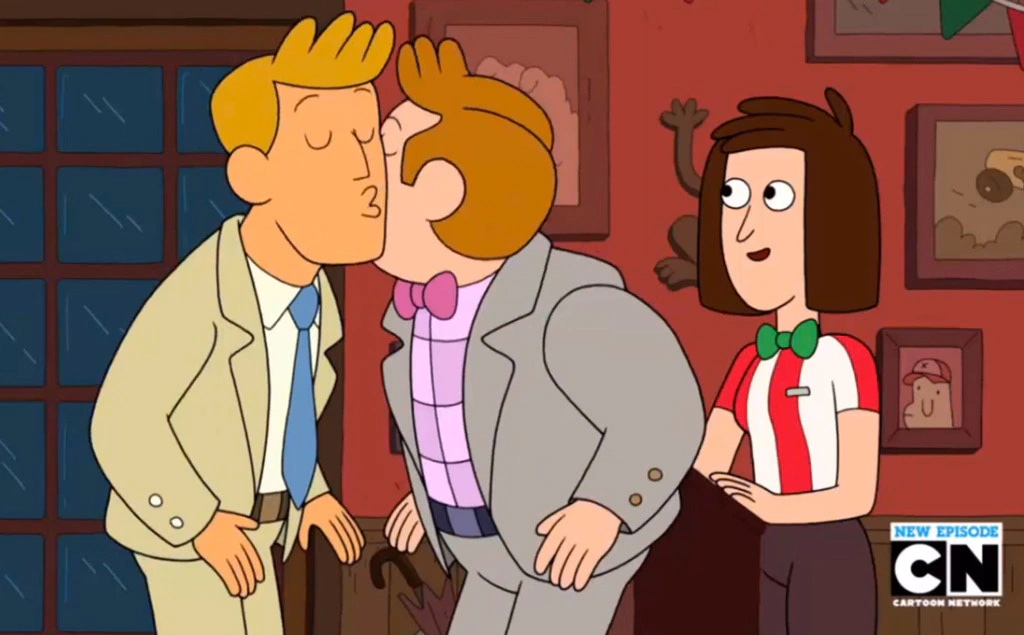
In Clarence (2014-2018), a gay couple was shown onscreen, accompanied by a cheek kiss. Infuriatingly, the cheek kiss was supposed to be Cartoon Network’s first-ever same-sex kiss but was censored in the final decision. Still, this happened in 2014, so it was still a significant step for queer representation in the early 2010s. There have been several other small instances of queer representation in Cartoon Network shows, subtle and not. The key takeaway here is that Cartoon Network creatives have been at the forefront for true queer representation, doing it not out of malice or for a trending Twitter moment but out of true care for the children that consume their media.
Beginning Subtle: Nickelodeon Stays Consistent
As mentioned before, Nickelodeon has always been at the forefront of queer representation in children’s media. The post-2010s are no exception, with one of the biggest queer representations of the decade manifesting in The Legend of Korra (2012-2014). The show regularly showed queer subtext between characters Korra and Asami, and this all came to a climax in the season finale when they depicted Korra and Asami holding hands. This all but confirmed that they were in a relationship, the show becoming one of the first children’s TV shows to show a queer character, and the main one at that.
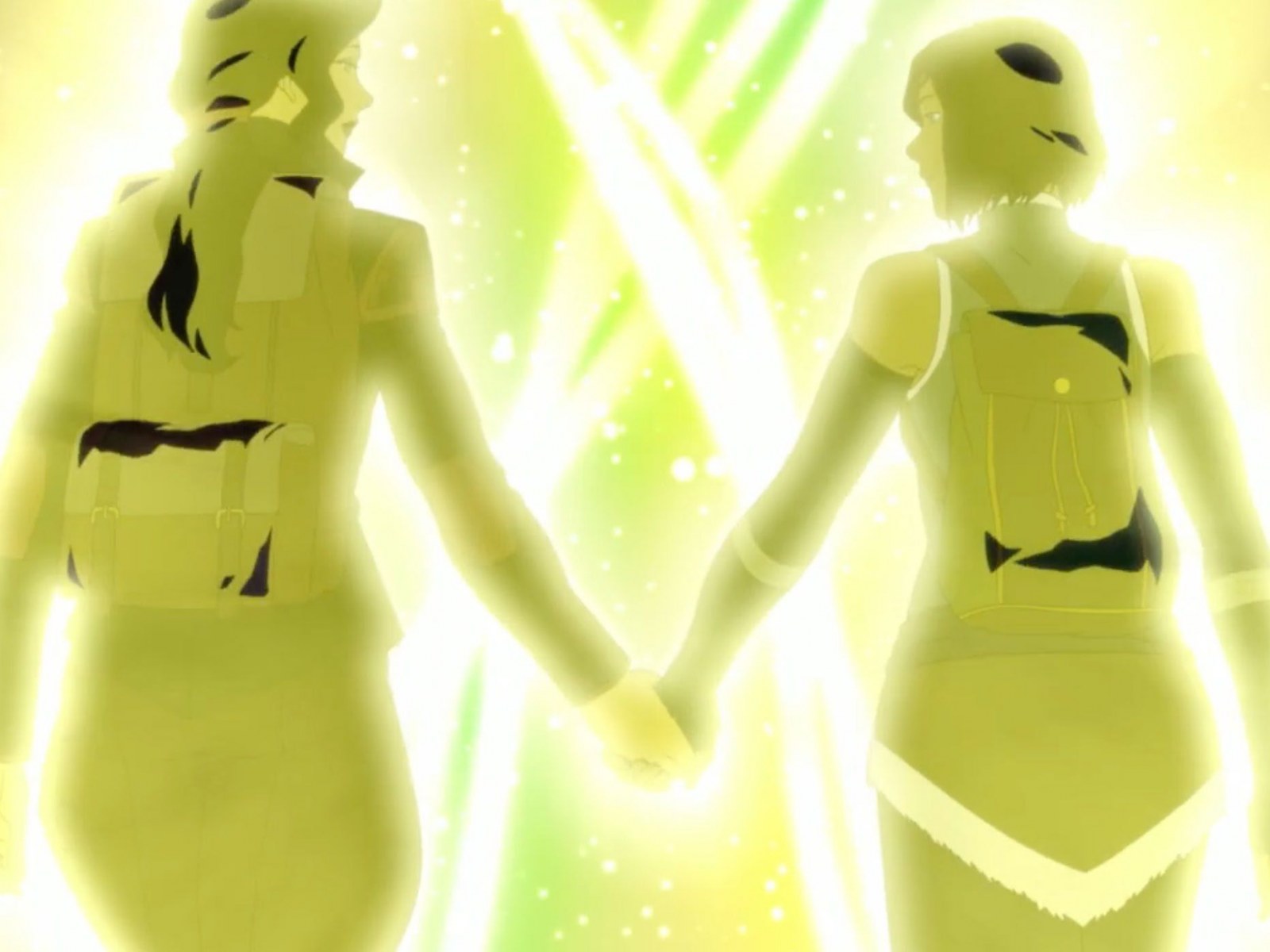
It spurred conversations about depicting queer relationships in children’s media, thus representing queer characters for children and paving the way for more queer characters in the future. This was an incredibly bold and courageous move, and while these two characters did not kiss or say “I love you,” they still portrayed a deeply emotional and romantic connection for children who otherwise hadn’t seen a relationship like that between two same-sex characters. This only allowed more writers to feel brave enough to face their producers about a queer storyline, benefiting generations of children to come.
Beginning Subtle: Disney Channel Trails Behind
Disney Channel has famously been extremely reluctant to incorporate queer representation in their shows. Considered the “gold standard” for children’s television, they have more of a reputation to uphold due to more conservative family groups, like One Million Moms, influencing them, causing executives and producers to veto almost every queer storyline in their shows. While Cartoon Network’s representation comes from a place of true care, even when they were not able to openly show queer characters, Disney Channel’s representation comes primarily from queer-baiting and comes across as “giving the people what they want” rather than what they need. It feels forced rather than fluid.
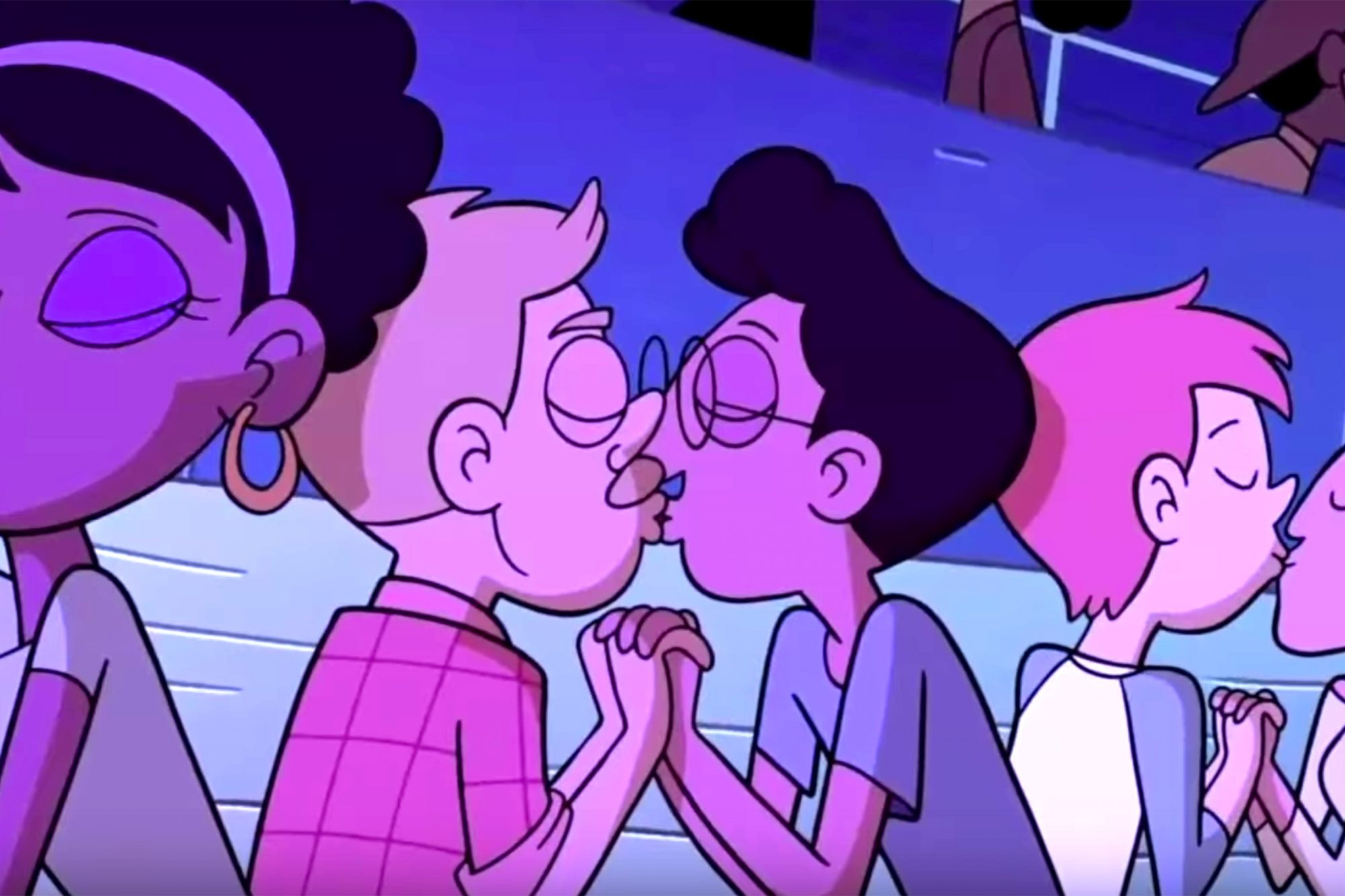
Alex Hirsch was one of the most vocal writers for queer representation when he worked with Disney. He was also vocal, like Sugar, about how difficult it was to write queer characters because of how strict the producers and executives were. He confirmed that the two police officers present in many of the episodes in Gravity Falls (2012-2016), Sheriff Blubs and Deputy Derland, were in a relationship, even though they were not shown to be in a canon relationship at the end. However, their relationship was confirmed in a coloring book that shows them getting married. Even though we don’t see the two characters go through with this in the main show, it’s still nice to know that they are confirmed to be together by Disney Publishing.
Disney is well-known to have many “firsts:” first same-sex kiss, first same-sex couple, first gay character. However, these firsts are oftentimes repeated over and over, both making it less impactful each time and showing that Disney primarily wants to be trending and promote their shows rather than caring about queer audiences. There have been several instances of Disney’s “first gay character,” ranging from a background couple to an onscreen gay kiss, shown above in Star vs. the Forces of Evil. However, what all of these characters have in common is that they are background characters. Disney takes the prize for the children’s network that queerbaits the most, and while they’re changing, it is hard to ignore their blatant prejudices.
Queer Explosions: Queer Main Characters and Storylines Galore!
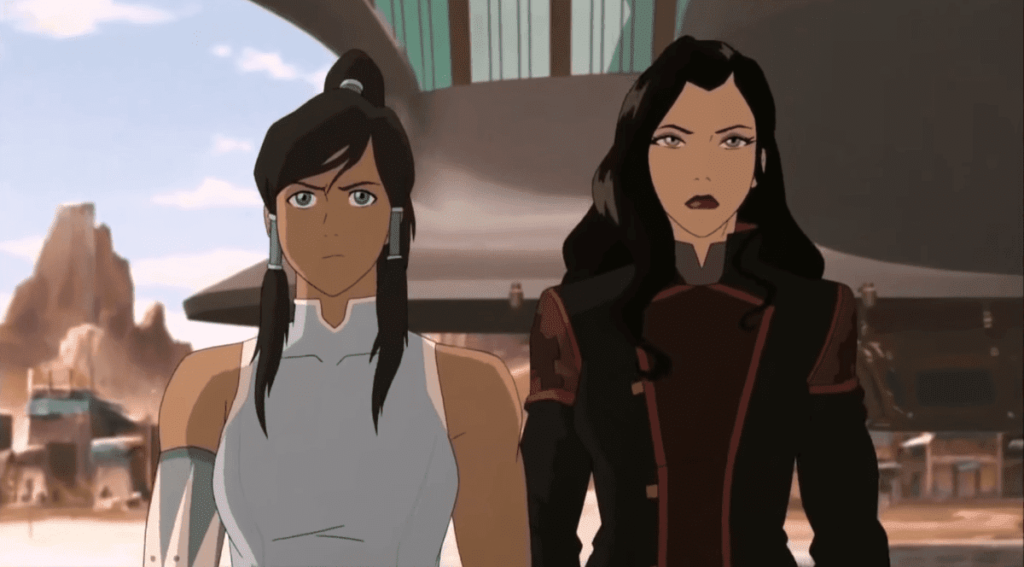
The Legend of Korra‘s influence is indispensable, causing queer representation to skyrocket after the finale’s airing. It is leading to more queer main characters and storylines than ever before. The keyword here is main characters. No longer will people be satisfied with “the first same-sex couple” being a background couple. Background queer characters are quickly becoming a thing of the past, and children’s media will certainly see benefits from this when children grow up to be more inclusive and more reassured in their gender and sexualities as they grow up. Because The Legend of Korra was brave enough to include a queer main character, other shows are following along, using the show as a blueprint.
Andi Mack (2017-2019)
One huge example is Cyrus from Andi Mack (2017-2019). This example is multi-layered because not only is Cyrus one of the main characters, but this is also a live-action show rather than animation, meaning Disney had to cast a child actor to portray an issue that is considered inappropriate for children’s media. Additionally, they not only mentioned Cyrus’ sexuality once in a vague way, but they full-on threw the word “gay” out there, making it loud and clear that Cyrus is openly gay with as much screentime as the other characters on the show.
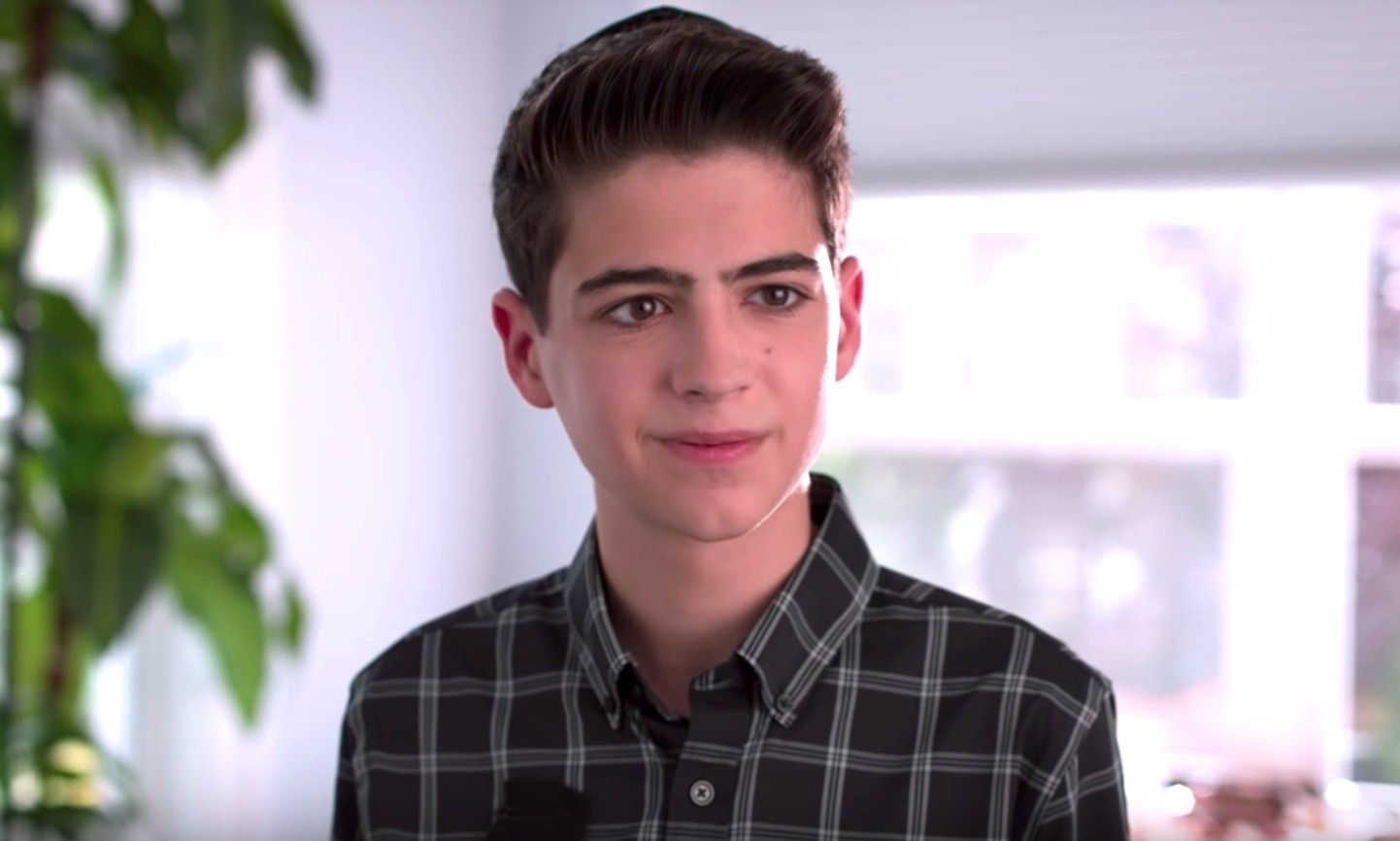
The show, which was already progressive enough as is by having a teen pregnancy as the main plotline, started by having Cyrus discuss his feelings about his friend Andi’s relationship with Jonah, another character on the show. Buffy, who is listening to his woes, asks if he’s jealous of Jonah, meaning Cyrus has feelings for Andi. Cyrus shakes his head, and Buffy states out loud that Cyrus is jealous of Andi and that he has feelings for Jonah. That was the first instance of Disney putting it out there, loud and clear, that Cyrus is queer and has feelings for a boy.
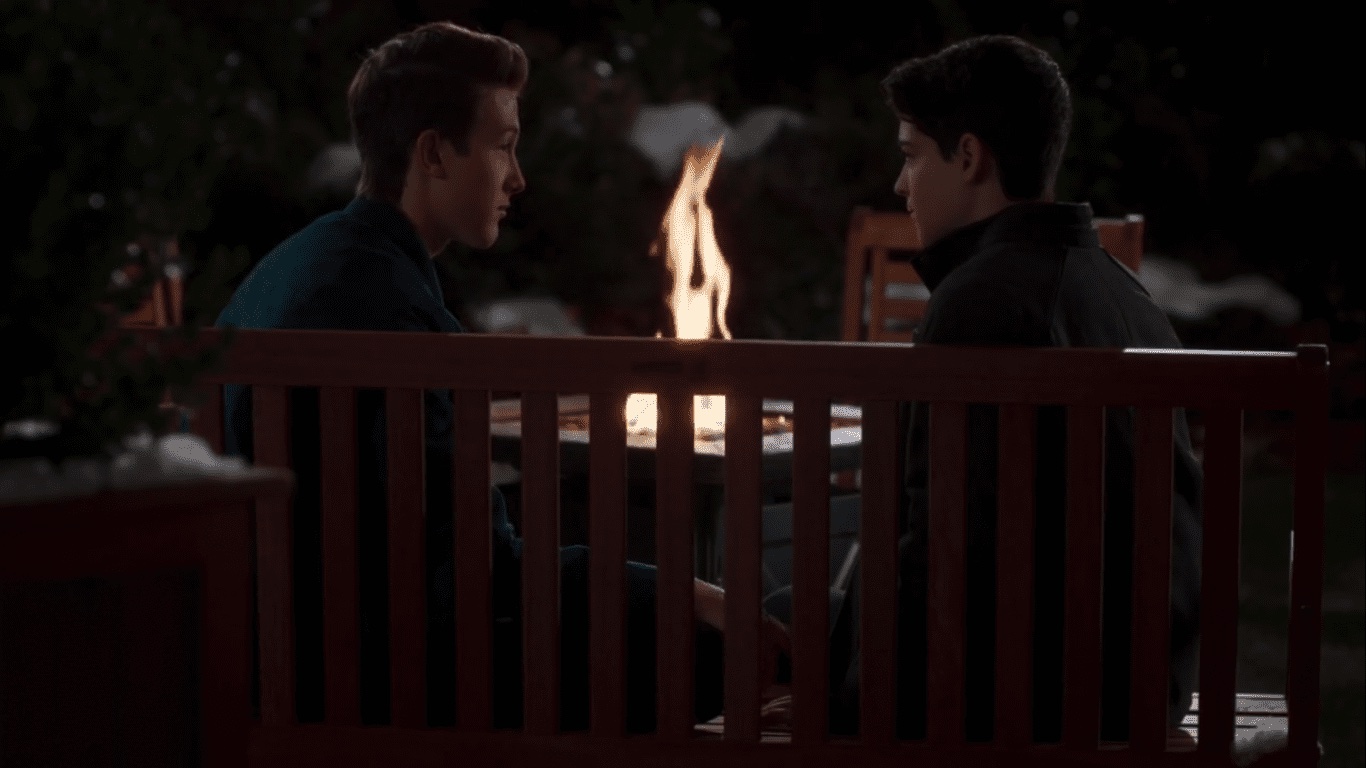
But they didn’t stop there. Later on in the series, when Cyrus is more confident in himself, he proudly says to his friends, “I am gay.” They take the proclamation in stride, congratulating him and making sure they don’t see him any differently than before. And if that wasn’t enough, the show even developed a relationship between Cyrus and TJ, a rude basketball player who softens whenever Cyrus is around. They end the series with Cyrus and TJ holding hands after a confession heavy with subtext, confirming their relationship.
While they didn’t get a kiss as Andi and Jonah did, this show has been one of the most influential in queer representation primarily because it is live-action and is upfront about Cyrus’ sexuality rather than hiding behind a block of subtext or never mentioning it again. In addition to Andi Mack, the British Disney show The Lodge (2016-2017) aired an episode where one of the characters, Josh, comes out by saying “girls aren’t his type.” This is yet another live-action show that shows a real person coming out, which is undoubtedly impactful for children to see somebody like them in the flesh onscreen.
Good Luck Charlie (2010-2014)
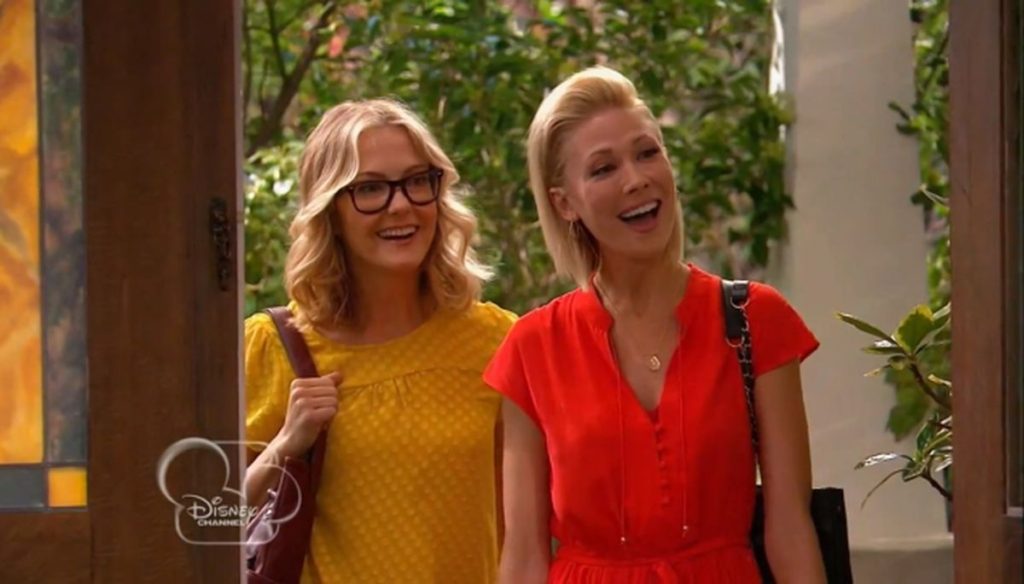
Disney also made a brave move when portraying lesbian moms in one episode of Good Luck Charlie (2010-2014) in 2014, which faced immediate backlash. While this is another example of “background queerness,” it is significant in the way that the characters were a large part of the episode and were not subtle about the fact that they were together (with Bob, the dad of the Duncan family, clarifying that there are two moms).
The Owl House (2020-)
The Owl House (2020-) is even bolder with its choices, with one of its characters, Luz Noceda confirmed bisexual and is in a relationship with Amity Blight. They are openly affectionate, shown holding hands, kissing, and calling each other “girlfriend” rather than vaguely saying, “She’s my friend.” There is also a non-binary character, Raine Whispers who openly uses they/them pronouns.
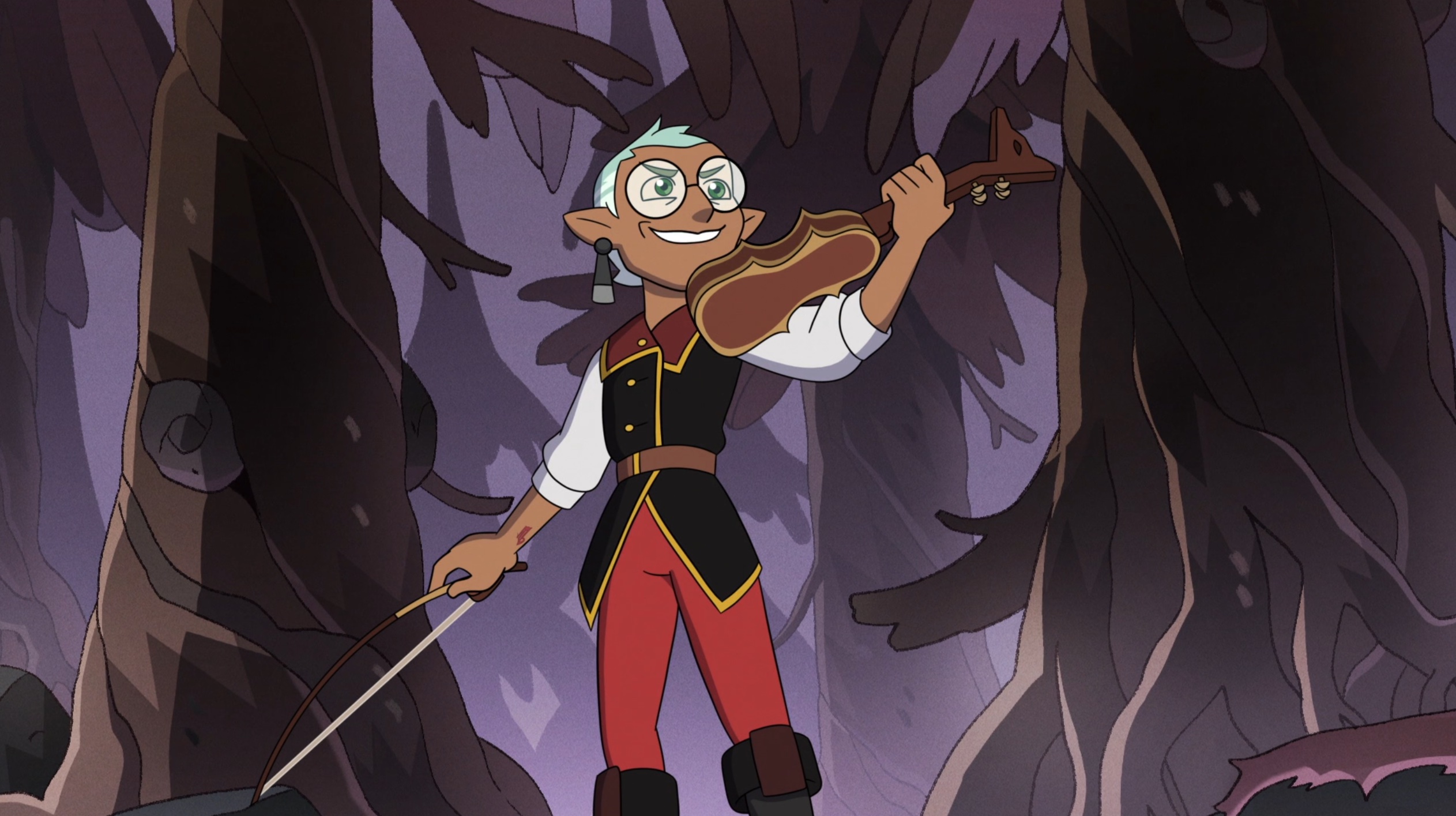
This is refreshing to see, especially since most shows avoid the issue by only using the character’s name when referring to them rather than using they/them pronouns if they do want to have a non-binary character. This results in characters being headcannoned as non-binary as many fans resort to doing to their favorite characters due to lack of representation. However, the show has been cut short by Disney executives, with producer Dana Terrace explaining in a Reddit post that it “did not fit the Disney brand” (( Terrace, Dana. October 5, 2021 )). One can only imagine what “fitting” the Disney brand means, and it hardly includes having non-binary and openly gay characters onscreen.
Steven Universe (2013-2020)
Cartoon Network and Nickelodeon are continuing the upward trajectory in queer representation they’ve been on for a while now, but with their characters being even more outwardly queer than the last. Ruby and Sapphire’s relationship from Steven Universe (2013-2020) (or, well, any character from that show, really) is one of the biggest examples of queer representation in children’s media, not only showing them kissing and their close emotional bond, but also showing them getting married.
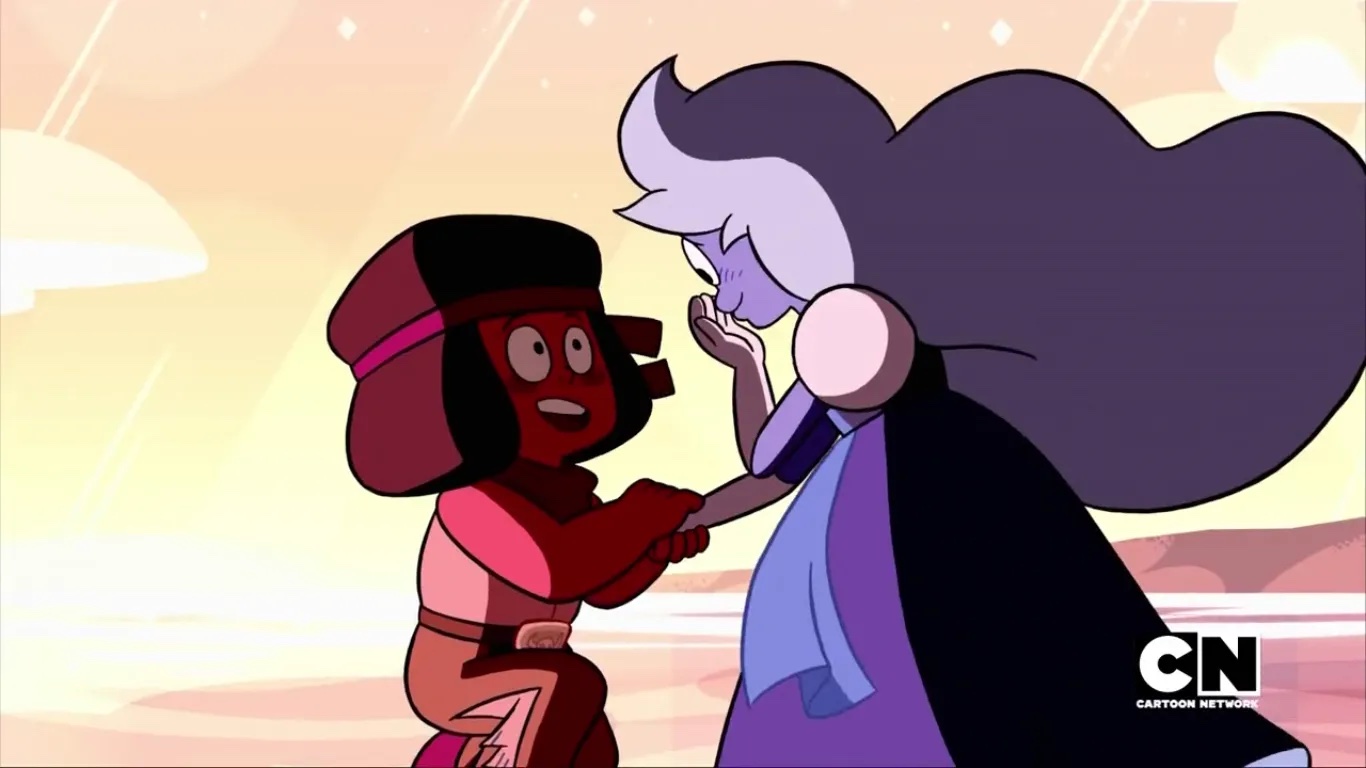
This is extremely significant, especially in the wake of a string of same-sex marriage legalizations across the world. Queer children can not only see themselves onscreen, but they can see themselves living the same domestic lives as their straight counterparts.
The Loud House (2016-)
The Loud House (2016-) is yet another big example, portraying not only one but two queer characters and relationships, even having them in the same scene! Most shows have one queer character or couple and end it at that — any more would make the show too indecent, or would be “unrealistic.” However, The Loud House portrays a lesbian relationship between characters Sam and Luna and a gay relationship between married parents, Harold and Howard McBride. Race hasn’t been mentioned in this article, but it is important to mention that this couple, among others mentioned previously, is bi-racial, allowing queer POC to see themselves onscreen as well.
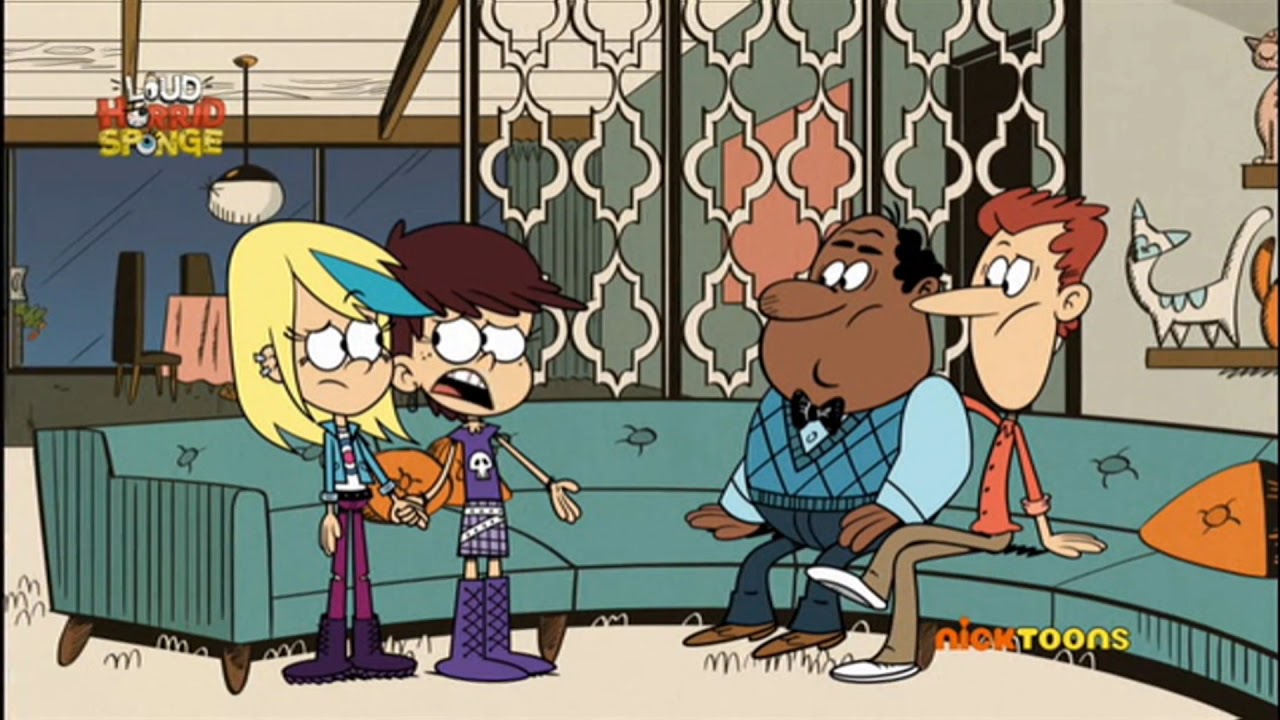
Queer representation isn’t limited to only white people, and it’s important to represent both race and gender in queer portrayals. More Black and POC actors are joining the queer representation boom, which is significant since homophobia and transphobia run rampant in these communities. Non-binary actor Indya Moore portrays Shep, who is also non-binary, in Steven Universe Future (2019-2020), and drag queen RuPaul starred in an episode of Bubble Guppies (2011-2016) and several episodes of Amphibia (2019-Present). Queer representation should be for all people, and most importantly, should be shown at a young age so children know they can form romantic relationships and be attracted to anybody regardless of gender or race.
Where Is Queer Representation Going?
If all these new shows that portray beautiful and deep connections between same-sex people, showcase well-developed queer main characters, and continue diving into gender and sexuality, children’s media will be well on its way to a society where queer representation won’t even need to be disputed, it will just be a normal thing. Background queer characters will no longer be the “first same-sex” couple depicted on Disney Channel for the hundredth time. It won’t be a huge deal that warrants 1000 news articles for a character to say “I’m gay.” Writers won’t need to fight their way to write their characters the way that they intend to. Until then, we have a long way to go.
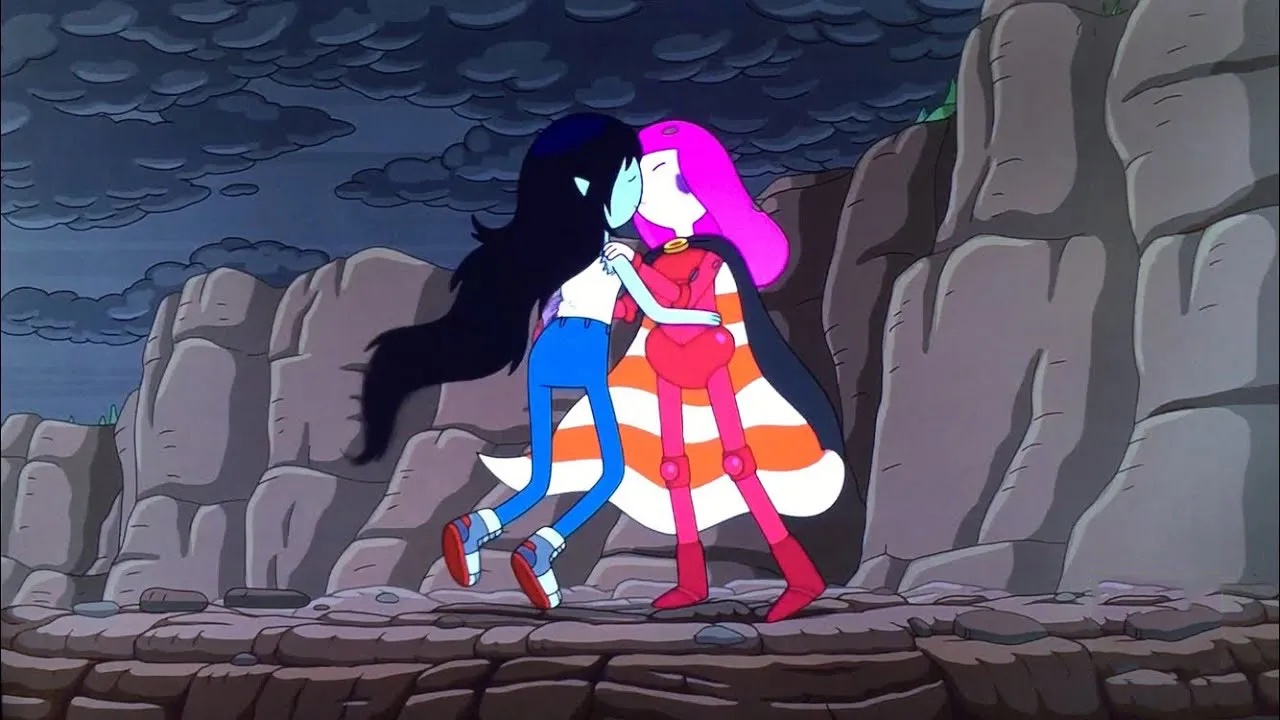
The first thing showrunners and networks need to do to increase queer representation without doing it terribly is to avoid stereotypes like the plague (no more queer-coded villains for the sake of vilifying the LGBTQ community). The second is to not make it a huge deal every time a queer character “comes out” (Cyrus said he was gay and then the episode moved on; Bob Duncan clarified that there were two moms rather than one and moved on). The only way we can normalize queer characters in shows is to…normalize them. Queerness is a part of their identity, but it isn’t their entire identity.
Thirdly, there should be more than one token queer character in a show. Steven Universe did a great job of this, but more queer characters mean less chance of stereotyping and less chance of that character standing out. Above all, children should feel represented, regardless of if they’re queer or not. They should be able to see people of all sexualities and genders onscreen. There will be fewer children growing up confused about themselves and ashamed of their identities, and more accepting and happy children. The day we reach complete normalization will be a beautiful day, and it takes one step at a time to do so.
